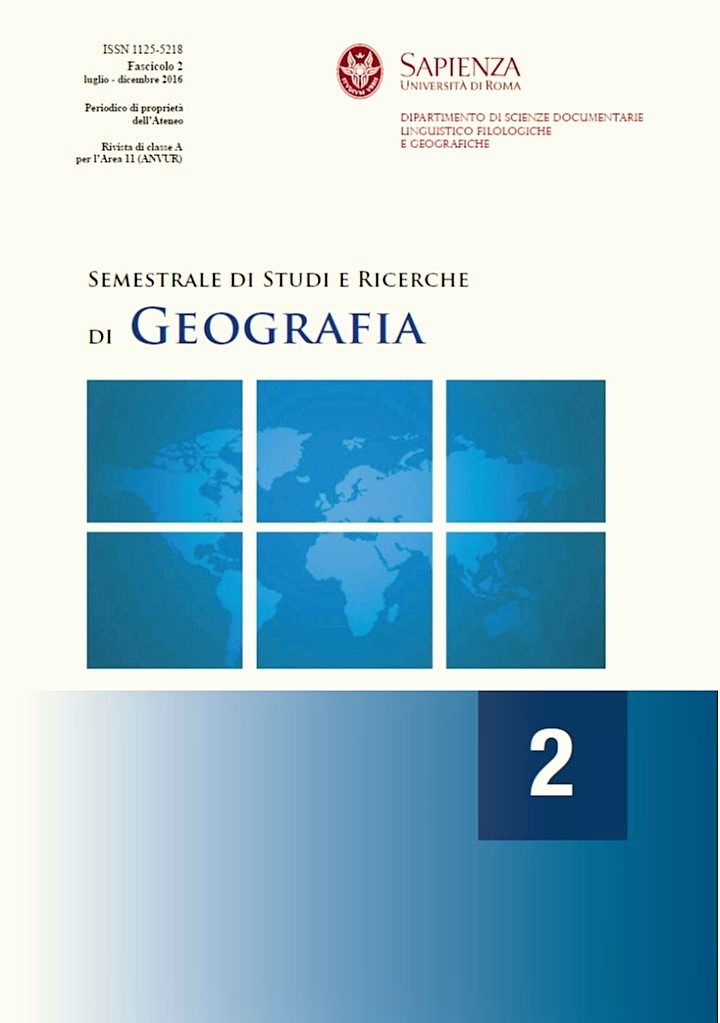Le linee ferroviarie: il ri-uso di un anti-common per la rigenerazione territoriale
DOI:
https://doi.org/10.13133/1125-5218.15052Abstract
The railways: reuse of anticommons for territorial regeneration
The paper aim to reflect about the many Italian disused railways, which represent a
common good in all respects, whose re-use could trigger a virtuous cycle of territorial regeneration. In some circumstances, however, because of indeterminacy of the regulatory framework characterizing the ownership and management of the Italian railway network, this common becomes an anticommon, generating a situation of under-utilization of the resource itself. Once passed organizational and coordination deadlocks, the “railroad” can represent a territorial regeneration factor, but only if its management will be an asset of the local community.
Les Chemins de fer: la réutilisation des anticommons pour la régénération territoriale
L’objet de cet article est de mettre en lumière les chemins de fer italiens non-exploités qui représentent un bien commun (“Common”) et dont un nouvel usage pourrait entraîner un processus vertueux de requalification territoriale. Néanmoins, dans certaines circonstances, en raison du cadre règlementaire indéterminé caractérisant la propriété et la gestion du réseau ferré italien, ce “common” devient un “anti-common”, générant une sous-utilisation de la ressource elle-même. Une fois les situations de blocages administratifs surmontées, le ferroviaire peut représenter un facteur de
régénération territoriale, seulement dans la mesure où sa gestion devient un atout pour la collectivité locale.
##submission.downloads##
Pubblicato
Fascicolo
Sezione
Licenza
Gli autori che pubblicano su questa rivista accettano le seguenti condizioni:- Gli autori mantengono i diritti sulla loro opera e cedono alla rivista il diritto di prima pubblicazione dell'opera, contemporaneamente licenziata sotto una Licenza Creative Commons - Attribuzione che permette ad altri di condividere l'opera indicando la paternità intellettuale e la prima pubblicazione su questa rivista.
- Gli autori possono aderire ad altri accordi di licenza non esclusiva per la distribuzione della versione dell'opera pubblicata (es. depositarla in un archivio istituzionale o pubblicarla in una monografia), a patto di indicare che la prima pubblicazione è avvenuta su questa rivista.
- Gli autori possono diffondere la loro opera online (es. in repository istituzionali o nel loro sito web) prima e durante il processo di submission, poiché può portare a scambi produttivi e aumentare le citazioni dell'opera pubblicata (Vedi The Effect of Open Access).


